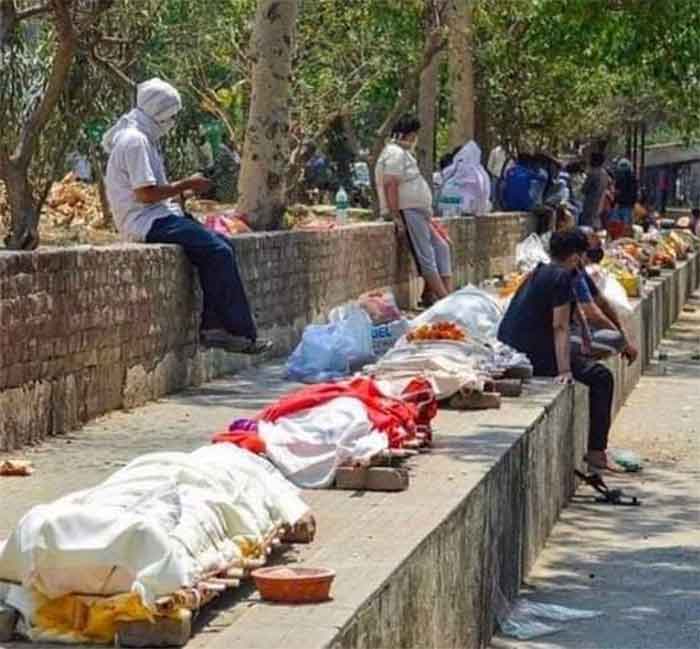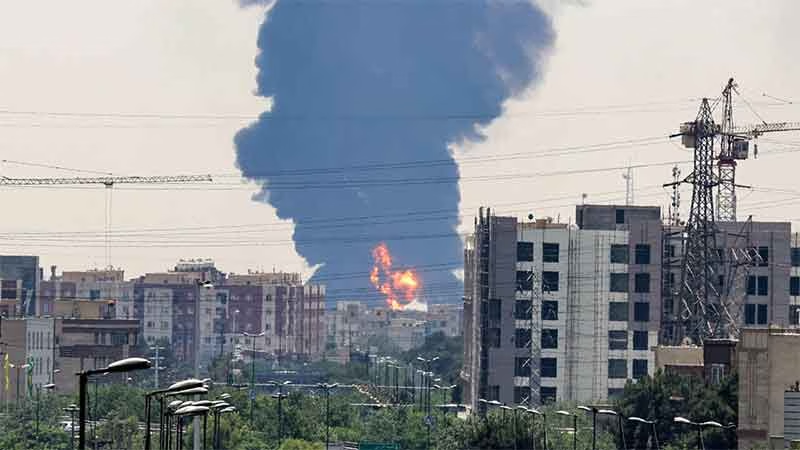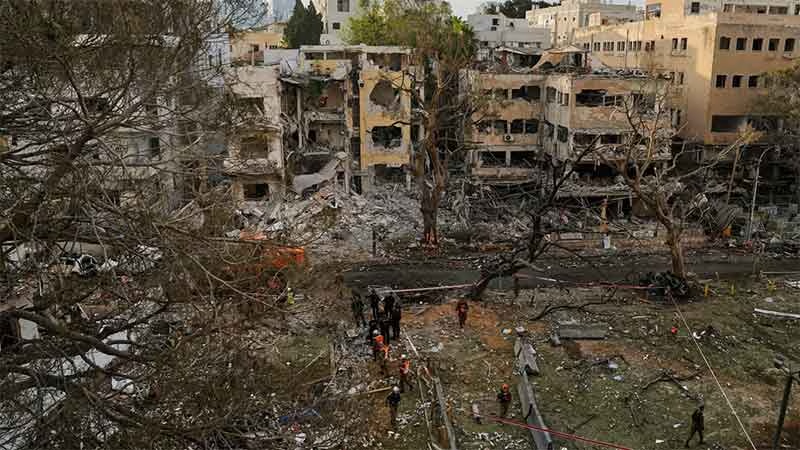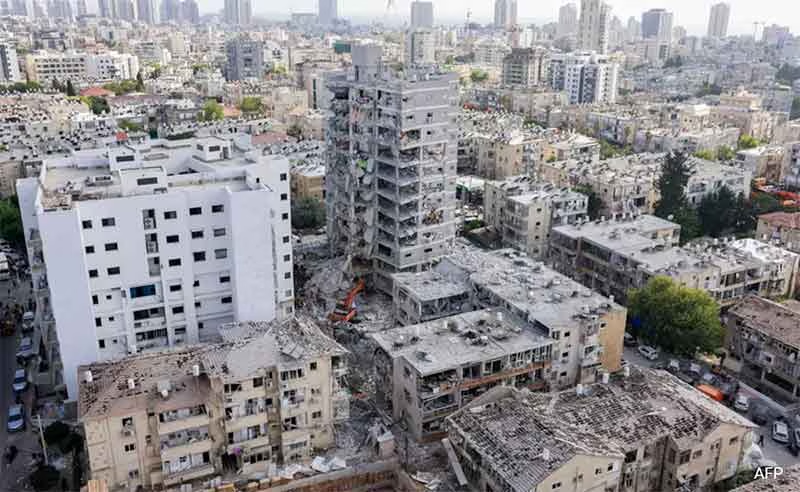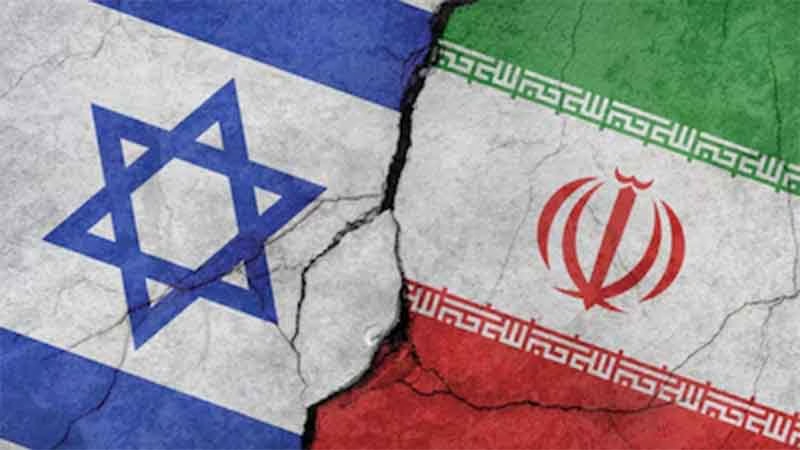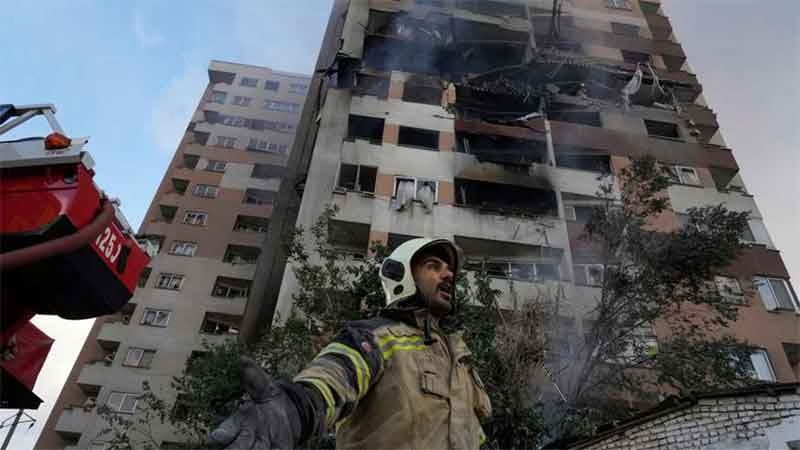
Corona Virus (COVID-19) pandemic has already sent shivers in the belly of many governments, even though it is yet to unfold its full sway in many parts of the world. The countries with weaker public health infrastructure and poorer human development index are more concerned as it needs humungous resources to prevent the spread of the virus. Further such pandemic reveals the weaker public policy decisions and its outcome over a period of time, which made people more vulnerable in such dire situations. Italian public healthcare system was once considered as best system with universal coverage to all including migrants. The World Health Organisation (WHO) ranked it as best healthcare system after France in the year 2000. But, the policy decision of harsh austerity measures after the Eurozone crisis in 2008 has completely reversed the strides made by the healthcare system over a long period. The public health expenditure took a heavy toll due to austerity measures as they reduced it by 900 Million Euros in 2012, 1.8 Billion in 2013 and 2 Billion in 2014, which reduced the availability of essential medicines and further deeply reduced the human resource in Italian National Health Service. Post austerity Italian society has constricted access to many of the healthcare facilities increasing the unmet medical needs manifold. Any public healthcare system needs that extra leeway in terms of material and human resources to handle emergency situations and cannot be designed on purely market based economic efficiency model.
India is at crossroads with regard to healthcare system as we have world class private hospitals at tertiary level addressing many specialised medical procedures, but at the same time majority of the population still depend upon the public healthcare system due to its affordability and accessibility. The present carrying capacity of our healthcare system is nowhere near handling an emergency pandemic like COVID-19. Our healthcare budget allocation is one the lowest in the world. In Spite of having a vision to spend around 2.5% of GDP on health according to National Health Policy, 2017, we are still hovering around 1.5% or lesser inflicting a greater damage to public healthcare system by not addressing the health needs of growing population. This is reflected in the poor Primary Health Care, which the majority of Indians are dependent, but encouraging Tertiary private health care, which gives access to those who can afford to pay. India has one doctor for every 10,189 people which is much lower than the WHO prescribed one for every 1000 people. India fares poor in hospital beds per patient ratio also with 0.9 beds per 1000 population way behind global average of 2.9 beds per 1000. Srilanka has 3.1 beds per 1000 and China 3 beds per 1000 ratio. Further 65 per cent of health expenditure comes under out-of-pocket expenditure in India. The policy priority seems more towards privatisation than addressing the health care needs of the majority. And in times of emergency like COVID-19 pandemic, the private health care cannot play an effective role in comparison with public health care in treating the poorer section of the population.
The pandemic like COVID-19 acts like a storm causing havoc within short period among huge population. A long term healthcare policy and priorities will decide the capability of countries to handle such situation efficiently. As World Health Organisation has identified the factors like proper accessibility to water and sanitation facilities, climatic conditions and health and educational status of population plays a significant role in controlling diseases during health emergencies. With more than 90 per cent of population attached to informal sector of economy, without any social security net, and added further contractualisation and minimum wages being given short shrift under neoliberal economy, poverty in India is getting chronic among a section of a population. In 2019, the leaked 75th round of NSO survey on consumption expenditure, which is used as a proxy for income, showed a decline of 10 per cent and 4 per cent per annum in rural and urban areas, pushing more population towards vulnerable position. The United Nations Economic and Social Commission for Asia and the Pacific (UNESCAP) in its annual report in 2019 insisted that India needs to spend double the amount in comparison with other Asia-Pacific countries to alleviate poverty showing the intensity of the crisis. There are 363 Million people under poverty in India according to C Rangarajan Committee report. Such economic hardship among the huge population gets reflected in other social indicators making them more vulnerable during emergency health situations.
The Global Hunger Index (GHI) has ranked India in 102 positions among 117 countries highlighting our policy failures in addressing hunger and malnutrition. A joint study on malnutrition by Indian Council of Medical Research (ICMR), Public Health Foundation of India (PHFI) and National Institute of Nutrition (NIN) in 2017 revealed that 68.2 per cent of under-5 deaths in India are due to malnutrition. Further malnutrition weakens the immunity system from resisting all kinds of diseases including COVID-19. The World Nutrition Report (2017) highlighted that around 51 per cent of women between 15-49 years suffer from anaemia in India making them more vulnerable during medical emergencies. The current health indicators reflect our policy priorities over the years in addressing health care issues. Added to this the Water Aid Report in 2016 revealed that around 76 million people in India don’t have access to safe drinking water in India.
In such a scenario, the preventive measures as prescribed for COVID-19 will have devastating impact as social isolation of 90 per cent of our work force, who are in informal sector without any social security net, is going to deprive them of their livelihood making them more vulnerable. There is an urgent need to address the failed policy priorities over the years. But present crisis demands the government to come out with emergency policy solutions by providing food aid in the form of cash or material (as Kerala delivers food for the Anganwadi children to their homes) to protect them from their livelihood losses. Further water supply should be augmented; elderly and children should be given special care. The private health system should be roped in under the control of government and increase the access to medical facilities and doctors’, manifold to face the situation. The present crisis should be clarion call for the government to prioritise public policy towards building stronger healthcare system in India. More than the disease, the public policy priorities have more impact in either creating a robust health system for protecting people or making them vulnerable during health emergencies like COVID-19.
Dr.Venkatanarayanan S teaches at Andaman Law College, Port Blair. Opinion expressed are his personal.
SIGN UP FOR COUNTERCURRENTS DAILY NEWS LETTER

